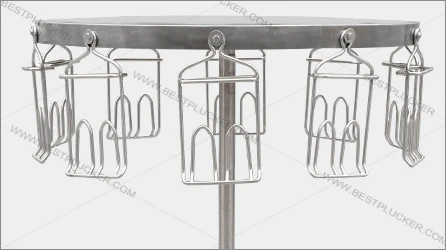Designing Efficient Air Inlet Windows for Enhanced Ventilation and Energy Conservation in Buildings
7 月 . 20, 2024 12:07 Back to list
Designing Efficient Air Inlet Windows for Enhanced Ventilation and Energy Conservation in Buildings
The Importance of Air Inlet Windows in Modern Architecture
In contemporary architecture and building design, the integration of natural ventilation systems has become increasingly essential for promoting sustainability, energy efficiency, and occupant comfort. Among the various components that facilitate this, air inlet windows play a significant role. These windows not only enhance indoor air quality but also contribute to the overall aesthetic and functionality of a building.
Air inlet windows are specially designed openings that allow fresh air to enter a space while minimizing the ingress of external contaminants such as dust, pollen, and noise. They are typically located in strategic places within a building's design, ensuring optimal airflow and distribution throughout different rooms. The strategic placement of these windows can significantly improve ventilation, thereby reducing reliance on mechanical cooling and heating systems and lowering energy consumption.
One of the primary advantages of air inlet windows is their contribution to sustainability. With global concerns around climate change and energy consumption, architects and builders are increasingly focused on designing structures that are environmentally friendly. By allowing for natural ventilation, air inlet windows help maintain thermal comfort within a building while reducing energy costs. This can result in significant long-term savings for both building owners and occupants. Furthermore, utilizing natural ventilation can minimize the carbon footprint of a building, aligning with global targets for reducing greenhouse gas emissions.
air inlet window

Air inlet windows also enhance indoor air quality, which is crucial for the health and well-being of occupants. Poor indoor air quality can lead to respiratory problems, allergies, and other health issues. By providing a continuous influx of fresh air, air inlet windows can dilute indoor pollutants and maintain a balanced indoor environment. This is particularly important in densely populated urban areas where the outdoor air quality may be compromised. More importantly, maintaining adequate ventilation can also help regulate humidity levels, preventing the growth of mold and mildew, which can pose health risks.
In addition to their functional aspects, air inlet windows contribute to the aesthetic value of a building. Architects often incorporate these windows into their designs in creative and innovative ways, offering a blend of form and function. Whether through large pivoting windows that open wide to the outside world or smaller, strategically placed openings that allow for cross-ventilation, air inlet windows can enhance the visual appeal of a property while serving a vital purpose.
Moreover, the integration of smart technologies with air inlet windows represents the future of building design. Automated systems can control the opening and closing of these windows based on indoor air quality, temperature, and humidity levels. This enhances energy efficiency while ensuring that fresh air is always circulating within the space. Such advancements demonstrate the evolution of building design towards smarter, more responsive environments.
In conclusion, air inlet windows are an indispensable element of modern architecture and urban design. They promote sustainability by reducing energy consumption, enhance indoor air quality to support occupant health, and add aesthetic value to buildings. As technology continues to evolve, the integration of smart solutions with these windows will further optimize their performance. By embracing the benefits of air inlet windows, architects and builders can create healthier, more energy-efficient, and aesthetically pleasing living and working environments for future generations.
-
Vacuum Packing Machine - Efficient & Reliable Vacuum Packaging Solutions for Food & Industrial Use
NewsJun.10,2025
-
High-Quality European Rabbit Cage Durable Welded Rabbit Cage Wire Mesh Supplier
NewsJun.10,2025
-
High-Efficiency Air Inlet Window for Optimal Poultry Ventilation & Cooling
NewsMay.30,2025
-
High-Efficiency Evaporative Cooling Pads Durable & Energy-Saving
NewsMay.30,2025
-
Automatic Egg Collecting Machine High-Efficiency Poultry Farm Solutions
NewsMay.29,2025
-
Gestation Pens Durable, Mobile & Simple Swine Housing Solutions
NewsMay.29,2025






